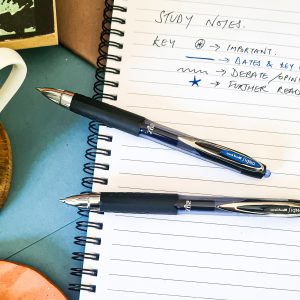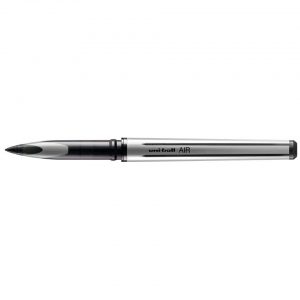Explore simple tonal art techniques to try with your PIN and really elevate your art work. Here uni-ball artist and illustration Ella Johnston talks you through three tried and tested drawing methods to help you add depth and tone to your art.
Creating light, shade and tone can make a good drawing into something really special. These simple art techniques can help transform a flat sketch into a composition with more drama and intensity. The range of nib sizes on offer make the PIN ideal for when you want to explore traditional tonal drawing techniques such as stippling, cross-hatching and free-shading, making use of the variation in nib sizes to produce different results. The pen’s sensitivity means artists can work with both light and firm pressure to create different tonal effects, using the smaller and larger nibs as you would a hard to soft pencil.
Stippling

Stipple with your uni-PIN pen
Stippling needs a little patience. However, it is a fun technique and can produce some lovely results. Here I have used a 0.5 and 0.3 PIN to illustrate this method. The larger nib has been used to build up and group together dots to illustrate shadows, while the smaller nib made the smaller, lighter dots that are more spread out for lighter areas.
Cross hatching

Try cross-hatching with your uni-PIN pens
Cross hatching is one of the most simple art techniques. As you can see it can look very effective. Just make a series of criss-cross marks and stokes to create tone. Darker areas are created by layering the marks; the more layers you make the darker it gets. You can also vary the direction of the strokes to further emphasise the subject’s shape. Think about wrapping your lines around the subject to give it greater form. I’ve used a 0.3 nib here to show off the strokes but you can use smaller nibs to get a more subtle effect.
Free shading

Free-shading with your uni-PIN pen can add a new dimension to your drawing
Here the base shading was created by applying a lose covering with a 0.03 and 0.05 nibs using a very light pressure. Darker tones where then created by layering strokes of 0.1 pen over each other until they result in the shades required. Apply a firmer pressure to the pens if you need heavier strokes.
See for yourself
Watch how Ella has employed these simple art techniques for herself. In the video tutorial below she has used the sepia PIN to create a drawing of a wren, using stippling, cross-hatching and free-shading. For more PIN drawing inspiration take a look at our PINTEREST pages.


